When I leave the taxi cab in Mizumoto, a residential area near Tokyo, everything looks the same. There are no reference points, and the Japanese postal address system is not very helpful for a westerner trying to find his way to a specific place.
On the backyard of one of the houses, my attention is caught by some curtains with namahage, the demons of the traditional new year in Akita province. This wasn’t what I was looking for but at least maybe there someone could give me some directions to find the person I was looking for.

There was no need to ask. As soon as I parted the curtains, I realized that was my destination. Inside, Hideta Kitazawa, a middle aged man was working keenly on a wooden statue. A komainu, a sort of lion-dog. These figures are very common at the entrance to temples in the far east.



Sometimes, depending on the temple, they may be replaced by statues of foxes (in temples dedicated to the deity Inari) or other images, but regardless of their shape, they have two things in common. They always go in pairs, and one has its mouth open and the other closed. One is saying ‘A’, the other ‘Un’, which are the first and last letters of the sanskrit alphabet. Together they represent the beginning and the end of the Universe, and all things. Kinda like the alpha and omega of the greek alphabet.



Kitazawa-san is carving ‘A’. ‘Un’ is already in a more advanced phase. First he carves the shape out of japanese cypress (chamaecyparis obtusa) wood. Then they are covered in a whitish liquid made of oyster shell dust and colagen from oxes’ bones. This process is repeated over ten times, until it’s ready to be delivered, which can take a month.



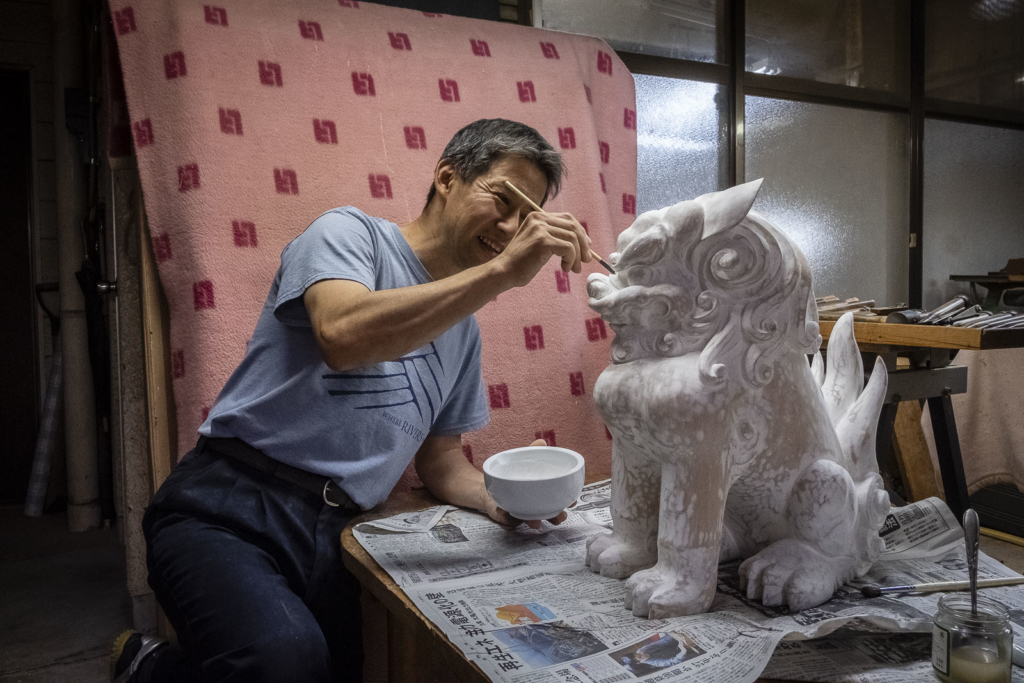
For a break in his work, Kitazawa-san shows me other things he has made. I am impressed by his collection of Noh and Kyogen masks. Both are traditional theatre forms, but Noh is more solemn, and Kyogen more playful. These differences become evident as one looks at the different versions for a mask of the same character.

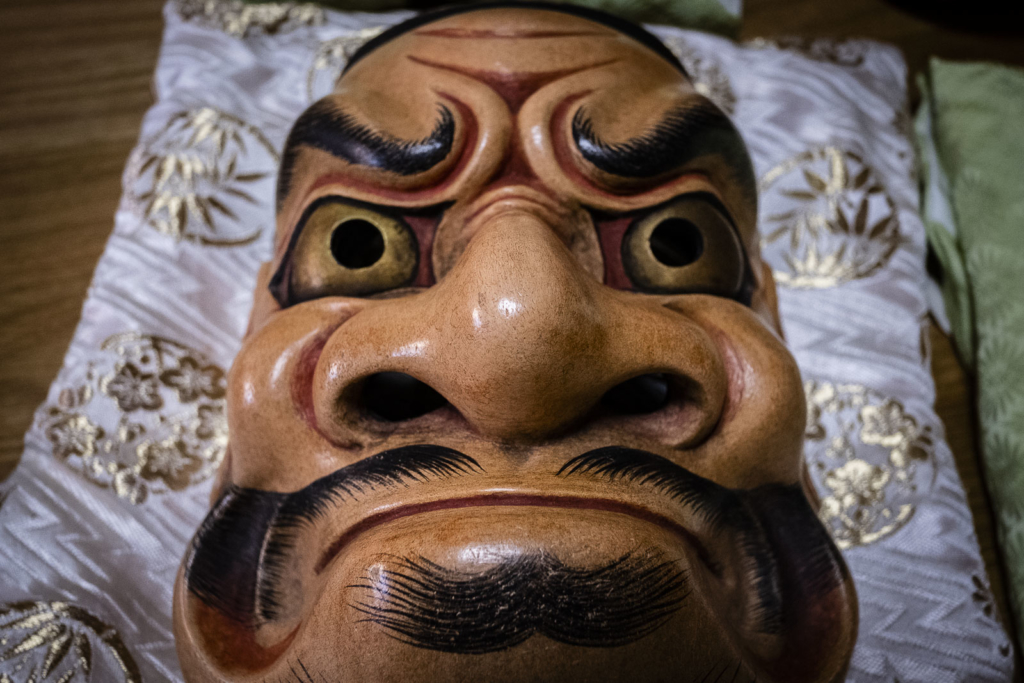

During the break we enter a room covered in tatami. In one corner there’s a workspace where an older gentleman works sitting on the floor. He carves two wooden dishes with bird motifs. At 79 Kitazawa-san’s father, who taught him to be a woodcarver, is still working. He started when he was 15.
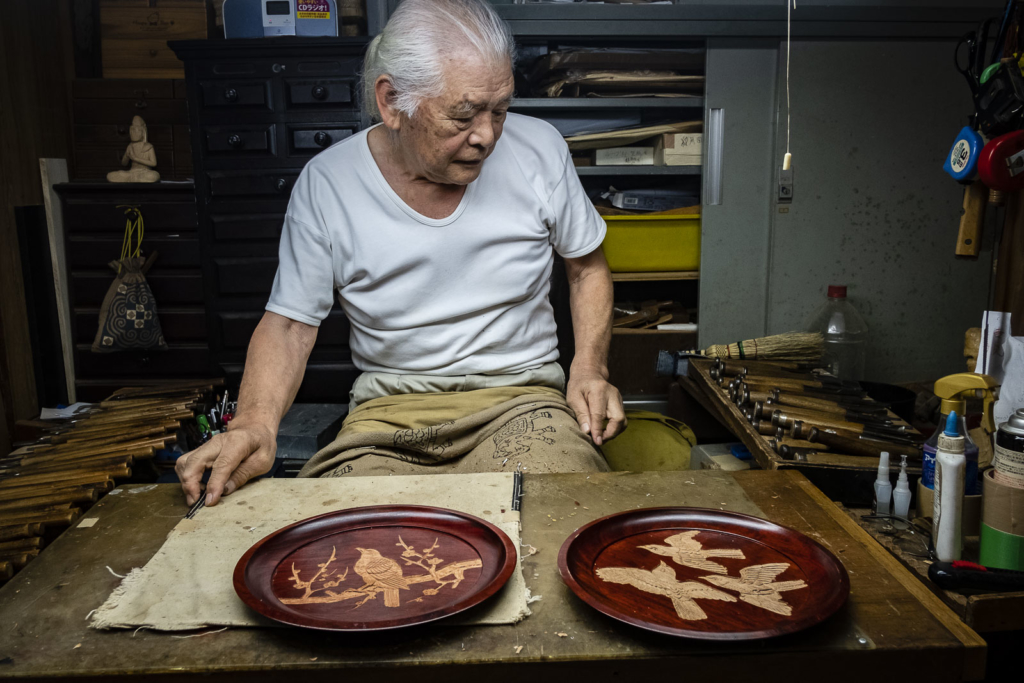
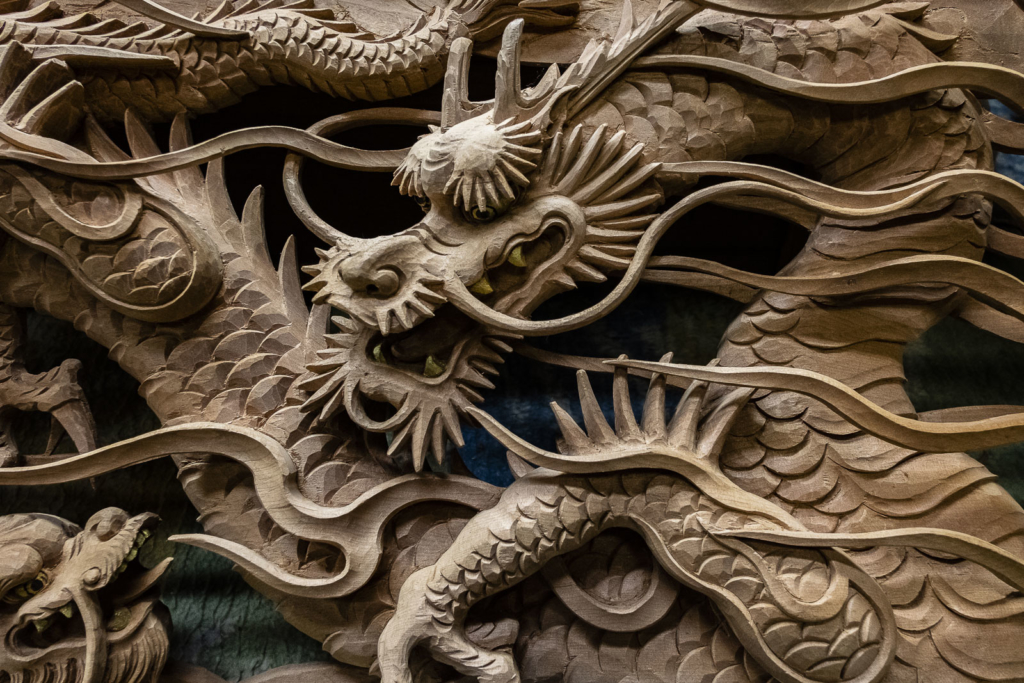
It’s only when he gets up that I notice his imposing figure, taller than the average Japanese. However his lovely smile hints at an enormous kindness, which is easily confirmed in the next few minutes as we sit down for a cup of coffee and a chat.

He mainly makes pieces related to buddhist mythology, bringing to life images from an ukiyo-e book. “Sometimes it’s not so easy because I have to imagine the part of the character which is not shown in the book, and create it in three-dimensions”.

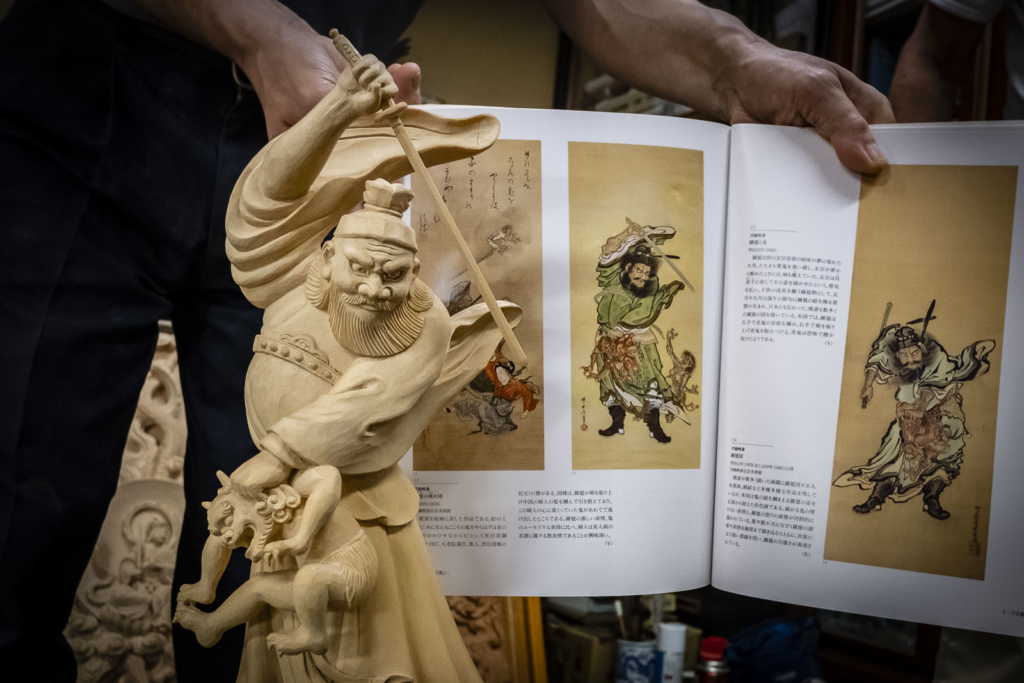
The sun is almost setting when Kitazawa-san leaves me at the station to catch the train to Tokyo. Some months later, when we exchange a few emails, it it with great happiness that I receive the news that he is very busy during the winter. He is working on wood carvings for gagaku costumes. They were commissioned for the ceremony of the succession of the Emperor which is to take place during 2019.
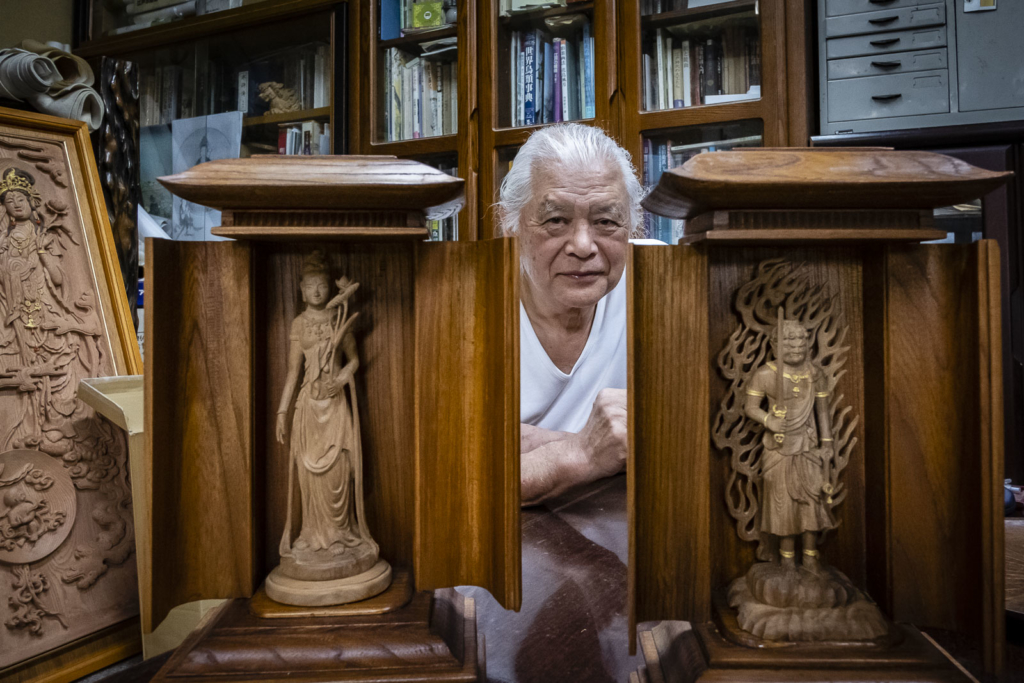
There can be no better way of recognition for the years of dedication to woodcarving , and for the great kindness of Kitazawa-san and his father. The Universe takes care of those who deserve it…

